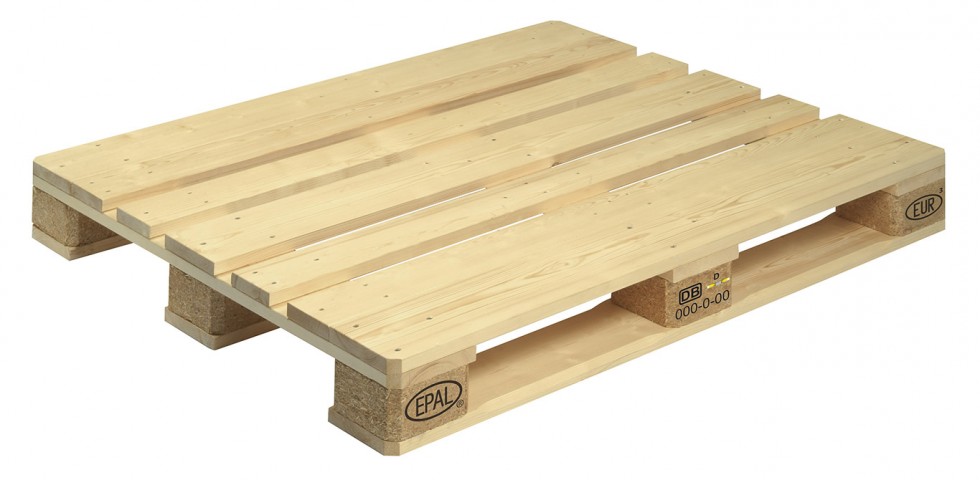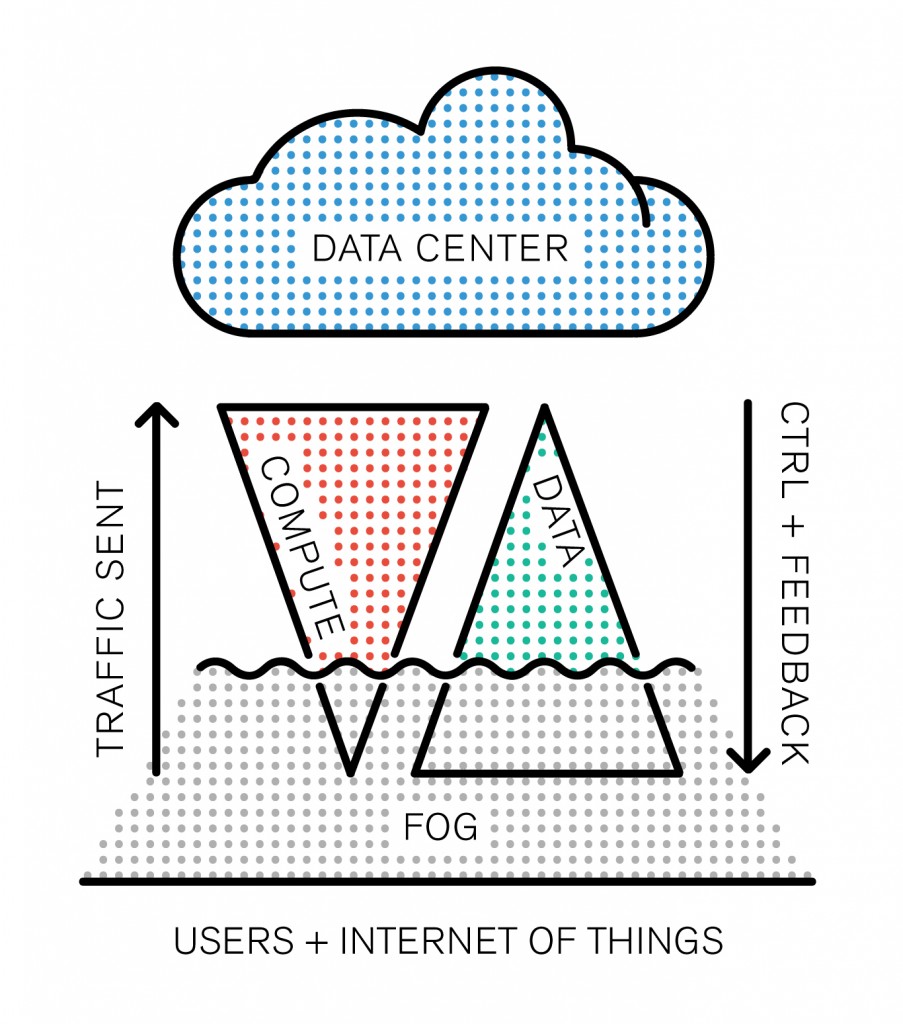
As a technical starting point of this research Patrick Keller already wrote two posts on hardware standards and measures: The Rack Unit and the EIC /ECIA Standards (other articles including technical overview are the 19 Inch Rack & Rack Mount Cases). Within the same intent of understanding the technical standards and limitations that shape the topologies of data centers we decided to investigate how the racks can be packed, shipped, and gain mobility. The standards for server transportation safety are set by the Rack Transport Stability Team (RTST) guidelines. Of course, custom built server packaging exists based on the international standards. We’ll start by listing them from the smallest to the biggest dimensions. First off, the pallet is the smallest measure. Once installed on pallets, the racks can be disposed in standard 20′ or 40′ shipping containers. The image below depicts different ways of arranging the pallets within the container:

